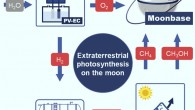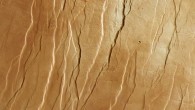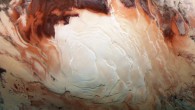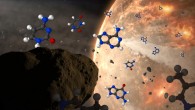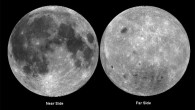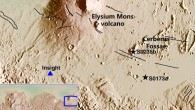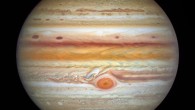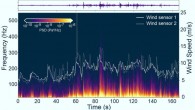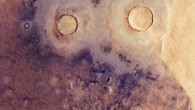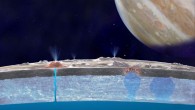On May 4, 2022, NASA’s InSight lander detected a magnitude 5 quake on Mars — the strongest ever detected on another planet. The largest previously recorded marsquake was an estimated magnitude 4.2 detected on August 25, 2021. An artist’s impression of the InSight lander on Mars. Image credit: NASA / JPL-Caltech. InSight, short for Interior Exploration using Seismic Investigations, Geodesy and Heat Transport, is a lander designed to give...



